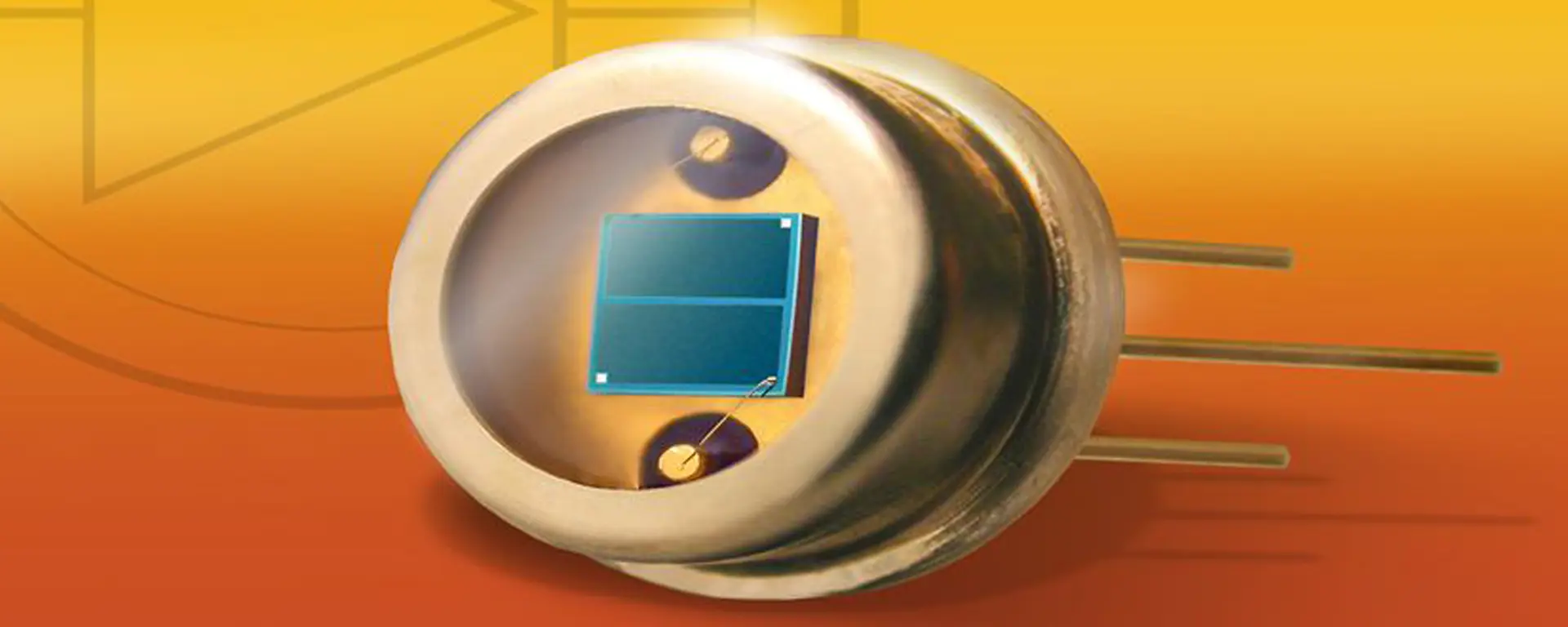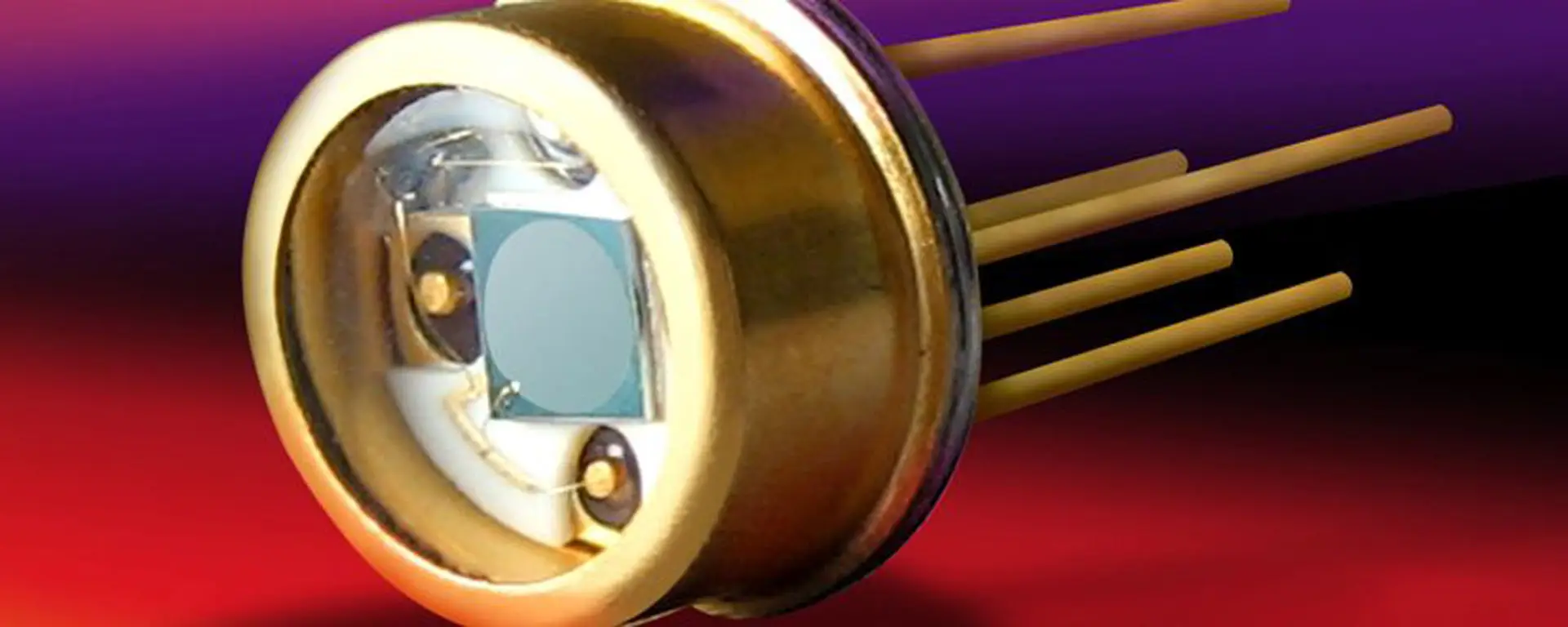We are pleased to provide downloads, or links, for a number of papers on Multi Angle Light Scattering which were produced using Vertilon's PhotoniQ DAQs.
Y. L. Pan, M. J. Berg, S. S. Zhang, H. Noh, H. Cao, R. K. Chang, G. Videen
Cytometry Part A, 79A: 284-292, 2011
Optics and an ICCD are incorporated to record the two-dimensional angular optical scattering (TAOS) patterns retrieved from single aerosolized cells. These patterns are analyzed by performing autocorrelations and demonstrate the ability to retrieve cell size from the locations of the secondary maxima. Additional morphological information is contained in the autocorrelation functions and decay rate of the heights of the autocorrelation peaks. These techniques are demonstrated with C6 and Y79 cells, which are readily distinguishable. One key advantage of this methodology is that there is no requirement for antibody and fluorescent labelling molecules.
Development of a Multi-Angle Light Scattering Spectrometer for Aircraft Use
William Dick, Keung Woo, Mihai Chiruta, Francisco Romay
MSP Corporation
A system that provides direct measurements of key properties needed for inversion of data from satellite-borne remote sensors & ground-based LIDAR systems for aerosol characterization over a large geographical area. Intersection of the aircraft flight path with the satellite path at the same point in time allows direct correlation of multiangle light scattering data and remote-sensing data.
The Quest for Detection and Identification of Bio-aerosols
Richard K. Chang, Gustavo E. Fernandes, Yong-Le Pan, Kevin Aptowicz, Ronald G. Pinnick
Progress In Electromagnetics Research Symposium 2007, Beijing, China, March 26-30
A brief review is made of the status of fluorescence techniques to detect and partially identify bio-aerosols. The potential and frustrations in extracting morphology information from the angularly-resolved elastic scattering pattern is summarized. The latest advancements in the measurement of angularly-resolved elastic-light scattering for single aerosol particles on-the-fly are surveyed. Special emphasis is placed on our more recent efforts to simultaneously measure the scattering patterns of aerosol particles in both the forward and backward hemispheres.
Edwin Hirst, Paul H. Kaye, Virginia Foot, James M. Clark, Philip B. Withers
Proceedings of SPIE -- Volume 5617 Optically Based Biological and Chemical Sensing for Defence, December 2004, pages 416-423
Copyright ©2005 SPIE--The International Society for Optical Engineering
We describe the construction of a bio-aerosol monitor designed to capture and record intrinsic fluorescence spectra from individual aerosol particles carried in a sample airflow and to simultaneously capture data relating to the spatial distribution of elastically scattered light from each particle. The spectral fluorescence data recorded by this PFAS (Particle Fluorescence and Shape) monitor contains information relating to the particle material content and specifically to possible biological fluorophores. The spatial scattering data from PFAS yields information relating to particle size and shape. The combination of these data can provide a means of aiding the discrimination of bio-aerosols from background or interferent aerosol particles which may have similar fluorescence properties but exhibit shapes and/or sizes not normally associated with biological particles. The radiation used both to excite particle fluorescence and generate the necessary spatially scattered light flux is provided by a novel compact UV fiber laser operating at 266nm wavelength. Particles drawn from the ambient environment traverse the laser beam in single file. Intrinsic particle fluorescence in the range 300-570nm is collected via an ellipsoidal concentrator into a concave grating spectrometer, the spectral data being recorded using a 16-anode linear array photomultiplier detector. Simultaneously, the spatial radiation pattern scattered by the particle over 5°-30° scattering angle and 360° of azimuth is recorded using a custom designed 31-pixel radial hybrid photodiode array. Data from up to ~5,000 particles per second may be acquired for analysis, usually performed by artificial neural network classification.













